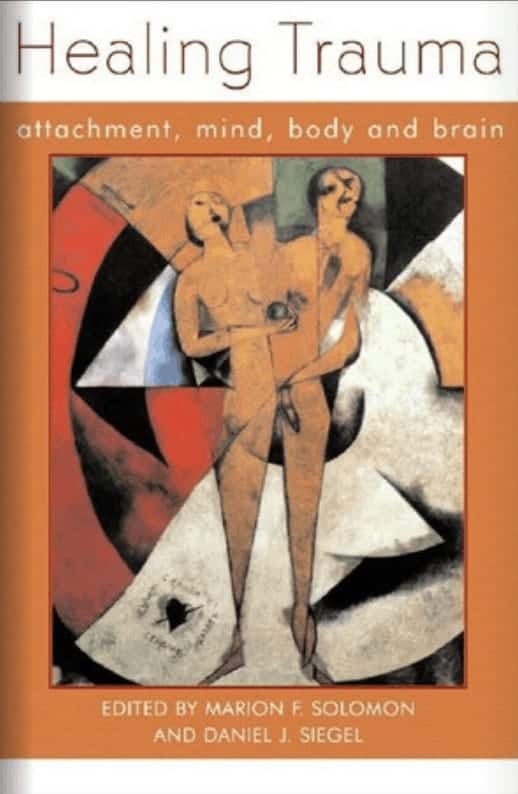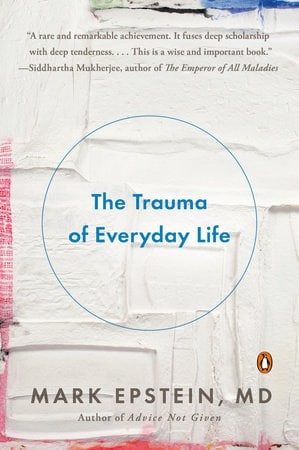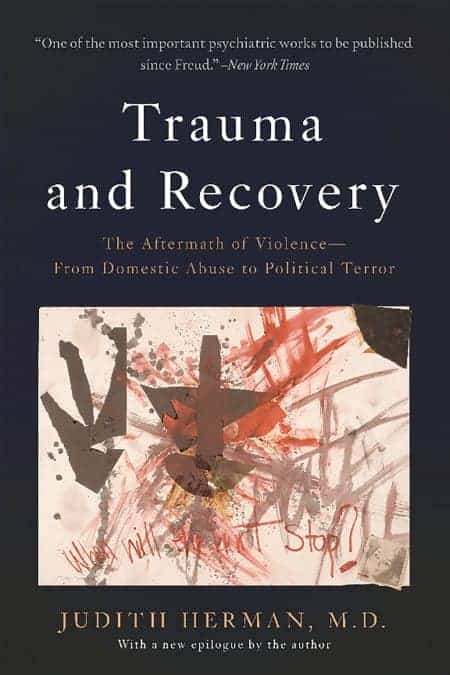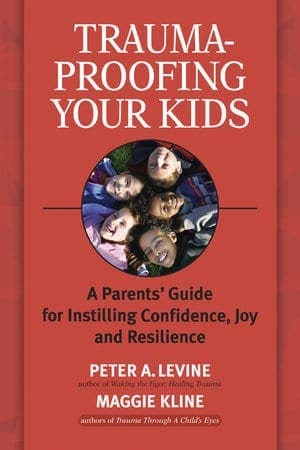Trauma
Acute Stress Disorder
THC Editorial Team April 19, 2021

Contents
- Overview
- Symptoms
- Causes and Risk Factors
- Diagnosis
- Difference Between Acute Stress Disorder (ASD) and Posttraumatic Stress Disorder (PTSD)
- Treatments
Acute stress disorder (ASD) is a short-term condition characterized by anxiety that may develop after a person experiences a traumatic event. Traumatic events, such as home invasions, domestic violence, terrorist attacks, serious accidents, and sexual abuse, can induce feelings of terror, helplessness, or horror and may trigger ASD. The U.S. Department of Veterans Affairs reports that up to 33% of people develop ASD symptoms after they experience severe trauma.1
Although ASD may cause debilitating physical, emotional, and psychological symptoms, most people recover within 3 to 30 days. Those whose symptoms last longer may subsequently develop a related condition called posttraumatic stress disorder (PTSD).2
What Are Symptoms of Acute Stress Disorder?
ASD can affect people in many ways. The intensity and frequency of symptoms vary from one person to another.3 Examples of symptoms include the following:
- Negative mood: You might feel sad, hopeless, lethargic, unhappy, or defeated. You might cry often, and you might consider hurting yourself.
- Intrusion: You might feel as though you cannot think positively. Negative thoughts may fill your mind. You may have flashbacks, nightmares, or memories about the trauma.
- Dissociation: You may have issues perceiving reality. You might not be able to remember parts of the traumatic experience. You might feel dazed, numb, or oblivious to the world around you. You may lose interest in activities you used to enjoy. Time might seem to drag.
- Avoidance: You may avoid people, places, or objects related to the trauma in an effort to block your mind from remembering what happened.
- Anxiety or arousal: You may experience restlessness. Your mind may race, and you may be unable to sleep, relax, concentrate, or stop worrying. You may be easily startled or feel irritable, hypervigilant, and aggressive.
Causes and Risk Factors of Acute Stress Disorder
Type and Amount of Trauma
The percentage of trauma survivors who develop ASD varies by trauma type. For example, natural disaster or car accident survivors have lower ASD rates than survivors of mass shootings, robberies, and assaults. The National Center for PTSD estimates 13%–21% of car accident survivors develop ASD, whereas 20%–50% of survivors of assault, rape, or mass shootings develop ASD.4
People who have experienced previous traumas or who have a history of ASD or PTSD are more likely to develop one or both conditions after a new trauma.3
High-Risk Demographic
People under 40 years of age and women in general are more at risk for ASD and PTSD. People who have other mental health disorders or a history of dissociative symptoms in response to trauma may also experience increased risk.5
Risk Factors in Children
Researchers from Boston Medical Center’s Department of Child and Adolescent Psychiatry conducted a study in 2004 that investigated risk factors in children who developed acute stress disorder after receiving injuries. After assessing 65 hospitalized children using the Child Stress Disorders Checklist, Family Strains Scale, Brief Symptom Inventory, and Facial Pain Scale, researchers identified four risk factors for acute stress disorder in children:
- the amount of family stress
- guardian stress
- the age of the child
- the child’s perception of pain.6
These results give health care professionals more insight into a child’s likelihood of experiencing acute stress disorder, allowing them to be better able to prevent, intervene, and treat children following traumatic events.
How Is Acute Stress Disorder Diagnosed?
Before acute stress disorder was officially recognized, people who experienced initial stress responses to traumatic events were unable to receive a formal diagnosis until their symptoms persisted for more than 1 month and fit the criteria for PTSD. However, in the years leading up the publication of the Diagnostic and Statistical Manual of Mental Disorders (4th edition; DSM-IV) in 1994, some healthcare professionals suggested that trauma survivors were being deprived of important treatment in the immediate 30-day aftermath of their experiences. They felt that treating people within the 1-month timeframe might decrease the number of people who subsequently developed PTSD.3 As a result, acute stress disorder was added to the DSM-IV in 1994 as an official diagnosis.
To receive a diagnosis of ASD, you must have recently experienced a traumatic event. You must also demonstrate at least three dissociative symptoms and one intrusive symptom that cause excessive distress or significantly impair daily functioning.7 Before you receive a diagnosis, a doctor may screen you to rule out underlying conditions that may cause your symptoms. These conditions include substance use disorders, mental health issues, and preexisting physical conditions. If your symptoms occur more than 30 days after you experience a trauma or if your symptoms last longer than 4 weeks, you may be diagnosed with PTSD rather than ASD.1
What is the Difference Between Acute Stress Disorder (ASD) and Posttraumatic Stress Disorder (PTSD)?
The central differences between a diagnosis of ASD and PTSD lie in the types of symptoms, the time frame of symptoms, and the intensity of a person’s experience with dissociation.
ASD symptoms are primarily fear based, but PTSD includes other types of symptoms as well as fear-based ones.3 For instance, PTSD symptoms can include feelings of isolation, fear of leaving the house, erratic or self-destructive behavior, persistent negative thoughts, low self-esteem, chronic excessive fear, and frequent panic attacks. Physical symptoms caused by PTSD include a rapid pulse, a racing heart, dizziness, chest pain, nausea, and headaches.2 Although PTSD is diagnosed based on clusters of symptoms, ASD is diagnosed according to total number of symptoms.
Symptoms associated with ASD typically subside within 1 month, but those associated with PTSD persist longer. If PTSD symptoms do not resolve after 3 months, PTSD is considered chronic. Unlike ASD, PTSD may cause significant, long-term impairment and may contribute to other psychiatric conditions such as depression, substance use disorders, and anxiety disorders. Without intervention, PTSD symptoms are unlikely to improve and may worsen over time. Fifty percent of PTSD cases resolve within 6 months, but the remaining cases can last for years.8
Healthcare professionals have noted that trauma survivors are more likely to develop PTSD if they experience dissociation heavily as they attempt to cope within the first 30 days after a traumatic event. Professionals have suggested that dissociation stunts a person’s ability to thoroughly process their emotions and, thus, to recover properly.3
Many healthcare professionals believe ASD may serve as a precursor to PTSD. For instance, in one study published in 2009, researchers at the Department of Psychiatry and Behavioral Sciences at Stanford University School of Medicine investigated the appearance of PTSD in parents 4 months after their premature or ill baby’s birth, as well as any overlap between the symptoms of PTSD and ASD directly after the child’s birth. The researchers asked 18 parents of premature or ill infants to complete a self-assessment on ASD and PTSD symptomology as soon as their child was born. The results revealed that people who reported more ASD symptoms were substantially more likely to develop PTSD later.9
Treatments for Acute Stress Disorder
People with ASD have a high risk for developing additional conditions such as anxiety, depression, and PTSD. However, seeking treatment and receiving help as soon as possible after a trauma occurs can reduce the likelihood that a person develops other trauma-related complications. The general goals of ASD treatment are to reduce symptoms and to prevent PTSD by strengthening a person’s coping skills and defusing emotions triggered by the trauma.
Therapy
Several types of therapy may help people deal with the symptoms of ASD:
- Cognitive behavioral therapy (CBT) is a popular form of talk therapy that involves reworking negative thought patterns in order to see problems in one’s life through a more accurate lens.10 CBT has shown promising results as a treatment for ASD. In fact, people who receive CBT soon after a traumatic experience recover faster and are less likely to develop PTSD. In one study, researchers found that 50% of a youth population no longer showed signs of PTSD after receiving individual trauma-focused CBT, and these results remained 6 months later.11
Another study, published in 1998, investigated the effectiveness of CBT versus supportive counseling (SC) in the treatment of people with acute stress disorder. Richard Bryant, professor of psychology at the University of New South Wales, and colleagues found that after 24 participants experiencing acute stress disorder were given 2 weeks of either CBT or SC following a traumatic event, only 8% the CBT group reported symptoms of PTSD, while 83% of the SC group met the diagnosis for PTSD.12
- Exposure therapy (ET) involves revisiting the traumatic event in a safe place with a therapist. Over time, ET can dissipate the power of painful memories to elicit disturbing thoughts and feelings.13
- Psychological debriefing (PD) involves providing information and counseling to people in the immediate days following a traumatic event in order to prevent the development of ASD, PTSD, or any comorbidities. PD is sometimes used with people who have experienced a traumatic event. However, in recent years, healthcare professionals have called for the cessation of PD. Recent studies have shown there is no evidence that this treatment is helpful, and in some cases, PD may actually increase symptoms of ASD or PTSD. Researchers believe this neutral or negative response to PD might be due to PD pathologizing what may end up being a normal stress response in some people.14
- Psychiatric evaluation is a procedure that healthcare professionals follow in order to diagnose any emotional, behavioral disorders in people.15 A psychiatric evaluation may be recommended to assess a person’s overall condition after experiencing a traumatic event to determine whether they are suffering from ASD.
Medication
In addition to therapy, antianxiety medications may be used temporarily to relieve symptoms associated with ASD, such as severe anxiety or insomnia. There is some evidence to support the use of other medications for ASD, such as selective serotonin reuptake inhibitors (SSRIs), which are typically used to treat PTSD, but more research is needed in this area.16
In general, studies on the effectiveness of pharmacological treatment for people with ASD are very limited. However, researchers who conducted a pilot study in 1999 among burn victims 2–19 years old at Shriners Burns Hospital in Texas found that 8 out of 12 ASD subjects responded positively to a low dose of imipramine, a tricyclic antidepressant typically used to treat anxiety and panic disorders. Further studies are needed, though, to form a more comprehensive conclusion about the benefits and risks of prescribing imipramine for people with ASD.17













